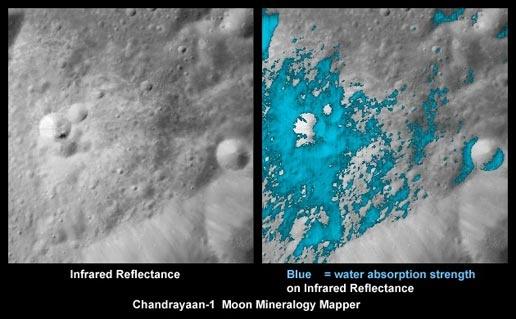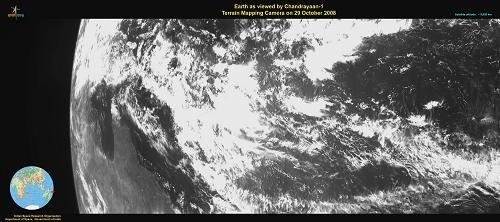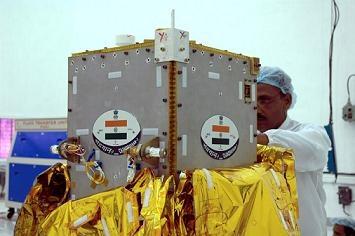Scientific Objective
SIR-2 will address the surface-related aspects of lunar science in six broad categories
- Analyze in unprecedented detail the lunar surface in various geological/mineralogical and topographical units;
- Study the vertical distribution of crustal material;
- Investigate the process of basin, maria and crater formation on the Moon
- Explore "Space Weathering" processes of the lunar surface
- Survey mineral lunar resources for future landing sites and exploration.
The determination of the chemical composition of a planet�s crust and mantle is one of the important goals of planetary research. Diagnostic absorption bands of various minerals and ices, which are expected to be found on the surfaces of planetary bodies, are located in the near-IR range, thus making near-infrared measurements of rocks particularly suitable for identifying minerals.
Payload Details
SIR-2 collects the Sun�s light reflected by the Moon with the help of a main and secondary mirror.This light is led thro ugh an optical fiber to the instrument's sensor head where it hits a grating. The light dispersed by the grating ultimately reaches a detector which consists of a row of photosensitive pixels which measure the intensity of the dispersed light at the different wavelengths and produces an electronic signal which is read out and processed by the experiment's electronics.
The wavelength range covered by the spectrometer is 0. 93-2.4 �m with spectral resolution 6nm.
SIR-2 is developed by the Max-Plank-Institute for Solar System Science, through the Max-Plank Society, Germany and ESA.



